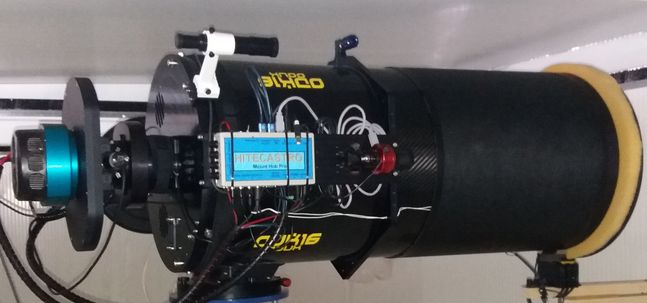

I decided to work with the Orion Optics UK ODK16 as my main instrument because it was reasonable in price and collimation should be less tricky than with RC's in equal price class.
The ODK16 is an Corrected Dall Kirkham, which means it has a spherical secondary mirror and elliptical primary mirror and uses built-in correction lenses to flatten the field and decrease star deformature.
I found this instrument pretty good for variable star observing, but it has issues with stability. However, once you learn to live with the behavior it's quite useful for variable star observation.
You'll notice that when tuning the instrument that it's quite light for it's aperture class. Winning this weight has some disadvantages.
Once tuned and optimized it can be quite steady. I nowadays only focus a few times a year...
When I bought the ODK16 telescope from Orion Optics I had invevitably some issues with the instrument: -Imaging train was too heavy. -Image plane deforms. -Focus shifted sometimes... a lot.
Hence I had to make some improvements:
Improvement 1: Mirror Cell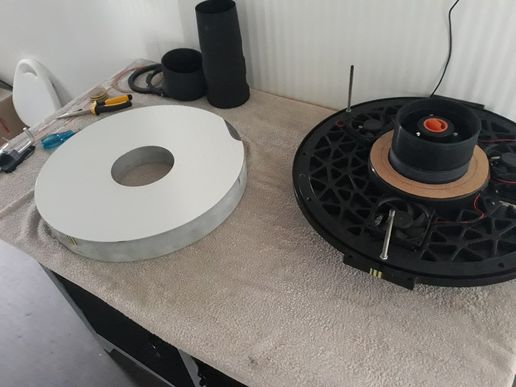
For this you have to completely disassemble the telescope and get the primary mirror out. The issue is that the primary mirror sits on basic cheap cork.
Installing neoprane cork (cork mixed with rubber), makes the mirror sits more stable. Normal cork expands and deforms when temperature and humidity changes.
And the mirror can sink in the cork under it's own weight or slide away a bit.
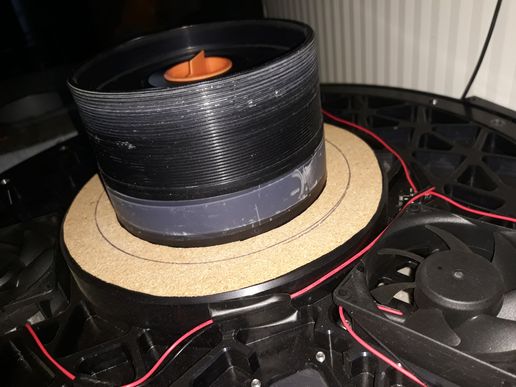
The central baffle tube is also a little bit too small so the mirror can slide away a bit. Adding normal duct tape can fix the primary mirror steadier in place.
This helps, but I noticed when it gets humid and temperature drops I still have a slight shift when I do a meridian flip.
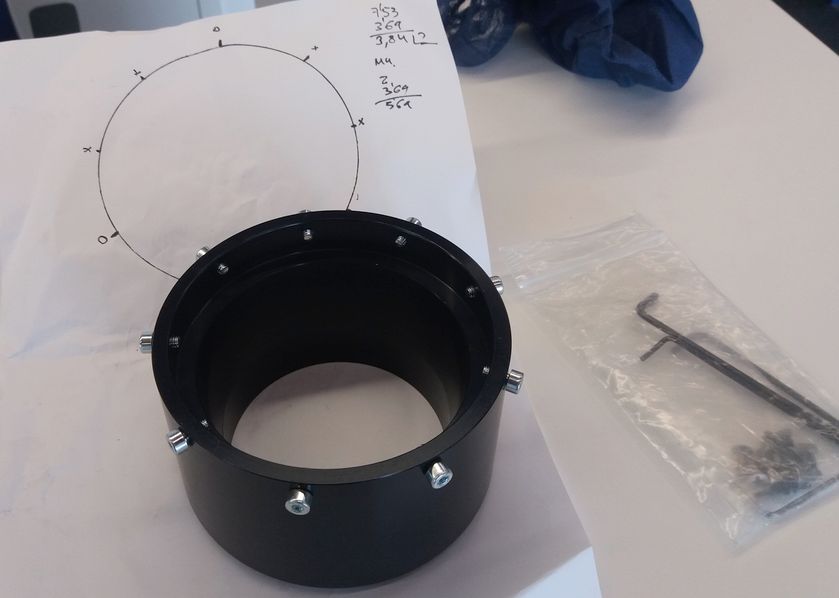
The delivered adaptor of the imaging train to the focuser plate is only attached with three very tiny van allen screws on delivery. Adding more and wider bolts made this connection much sturdier.
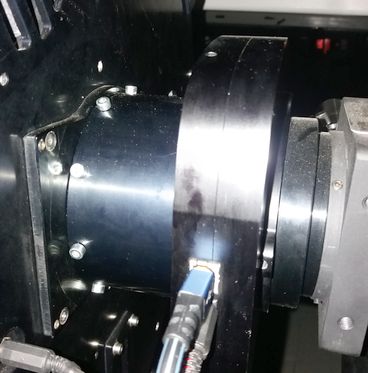
As you can see in this picture the whole imaging train is now more stable with the added bolts.
Collimation
Collimating the ODK16 can be a nightmare. The optical and mechanical axis of the telescope don't align perfectly, the tube is not exactly round and the mirror is not orthogonal and mechanical parts are not centered.
Also I found the exact focal length is a bit longer than the provided value. For this you need to adapt collimation.
The ODK16 mechanical design is very different from other telescopes. In fact the mirror cell is fixed on the saddle plate and you hence have to collimate the whole tube around the primary mirror cell.
Why? Probably to save weight.
For this reason you'll need to work recursively and do all steps again and again until you find the correct position.
1st step: Align the focuser plate with a chesire or a laser collimator so focuser mechanical axis points towards the spider central hole.
2nd step: Install secondary and use a laser collimator to collimate the secondary ortogonal to the focuser using the returning laser beam.
3th step: Use a concentric laser and a wall to collimate the primary mirror so all circles on the wall are concentric.
4th step: With the 3th step, you'll find that the focuser plate has shifted a bit by collimating the primary. Hence, you need to repeat steps 1 to 3 until you find optimal value.
5th step: Point telescope towards the sky and collimate ONLY the secondary on a startest. You should get close by now.
6th step: it's possible your focal length is not correct and you notice this because the image plane is not very flat. You best investigate every image with software as CCD inspector.
7th step: move the secondary to the front or to the back with the central bolt in order to improve flatness of the field. With every shift forwards or backwards, you have to recollimate the secondary.
Remark: you'll notice when you reach good collimation and you check with a chesire or visual that the optics and baffles are visually NOT concentric. As you can see in the following image.
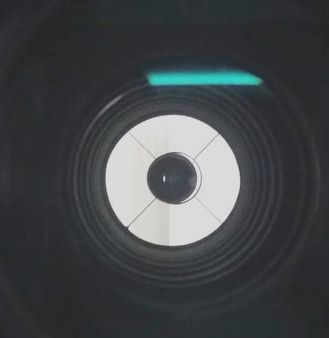
Also you'll notice that using the delivered ronchi eyepiece that the primary-secondary distance is not correct. Imho better not use this ronchi tool.
Another improvement is to oil the primary & secondary collimation bolts. Collimation can (and WILL) damage the tap wire of the holes. I needed a new mirror cell because too much collimation damaged the wire.
Additional tip is to keep the primary collimation bolts as CLOSE as possible towards the tube and mirror cell. Too much turning inwards can make a bolt come stuck or damage the clamps.